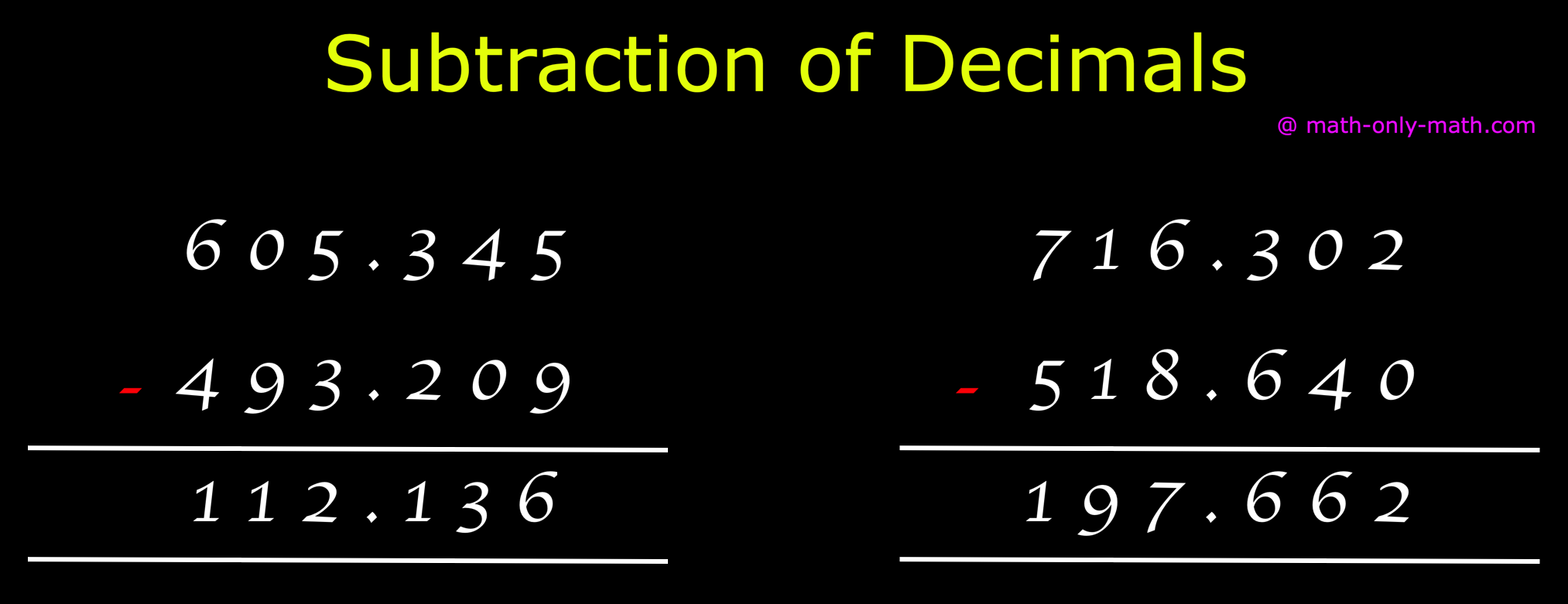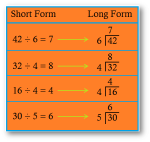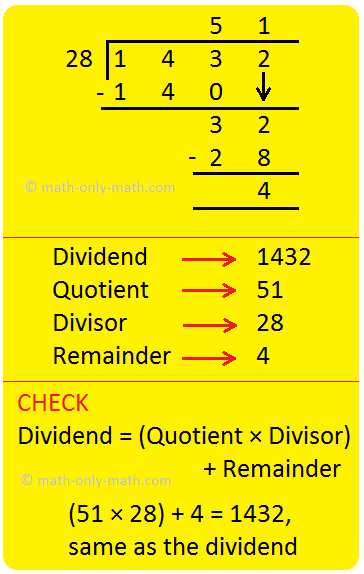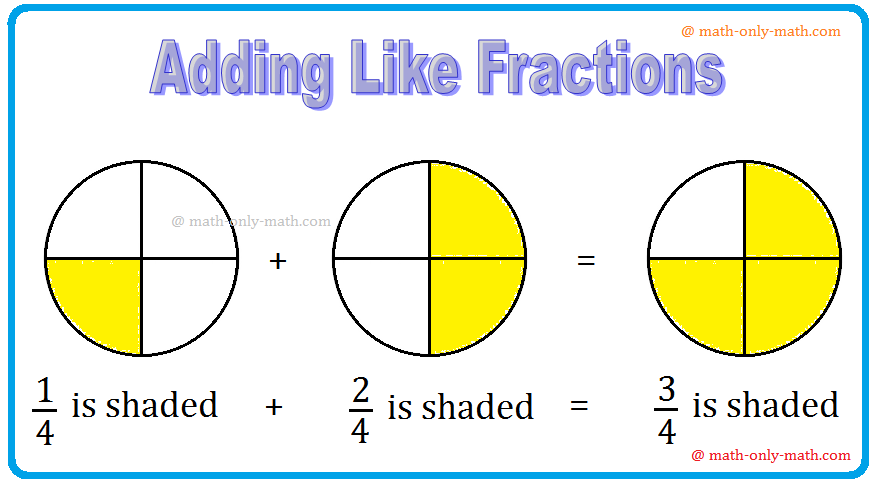Probability and Playing Cards
Probability and playing cards is an important segment in probability. Here different types of examples will help the students to understand the problems on probability with playing cards.
All the solved questions are pertains to a standard deck of well-shuffled 52 cards playing cards.
Worked-out Examples on Probability and playing cards
1. The king, queen and jack of clubs are removed from a deck of 52 playing cards and then shuffled. A card is drawn from the remaining cards. Find the probability of getting:
(i) a heart
(ii) a queen
(iii) a club
(iv) ‘9’ of red color
Solution:
Total number of card in a deck = 52
Card removed king, queen and jack of clubs
Therefore, remaining cards = 52 - 3=49
Therefore, number of favorable outcomes = 49
(i) a heart
Number of hearts in a deck of 52 cards= 13
Therefore, the probability of getting ‘a heart’
Number of favorable outcomesP(A) = Total number of possible outcome
= 13/49
(ii) a queen
Number of queen = 3
[Since club’s queen is already removed]
Therefore, the probability of getting ‘a queen t’
Number of favorable outcomesP(B) = Total number of possible outcome
= 3/49
(iii) a club
Number of clubs in a deck in a deck of 52 cards = 13
According to the question, the king, queen and jack of clubs are removed from a deck of 52 playing cards In this case, total number of clubs = 13 - 3 = 10
Therefore, the probability of getting ‘a club’
Number of favorable outcomesP(C) = Total number of possible outcome
= 10/49
(iv) ‘9’ of red color
Cards of hearts and diamonds are red cards
The card 9 in each suit, hearts and diamonds = 1
Therefore, total number of ‘9’ of red color = 2
Therefore, the probability of getting ‘9’ of red color
Number of favorable outcomesP(D) = Total number of possible outcome
= 2/49
2. All kings, jacks, diamonds have been removed from a pack of 52 playing cards and the remaining cards are well shuffled. A card is drawn from the remaining pack. Find the probability that the card drawn is:
(i) a red queen
(ii) a face card
(iii) a black card
(iv) a heart
Solution:
Number of kings in a deck 52 cards = 4
Number of jacks in a deck 52 cards = 4
Number of diamonds in a deck 52 cards = 13
Total number of cards removed = (4 kings + 4 jacks + 11 diamonds) = 19 cards
[Excluding the diamond king and jack there are 11 diamonds]
Total number of cards after removing all kings, jacks, diamonds = 52 - 19 = 33
(i) a red queen
Queen of heart and queen of diamond are two red queens
Queen of diamond is already removed.
So, there is 1 red queen out of 33 cards
Therefore, the probability of getting ‘a red queen’
Number of favorable outcomesP(A) = Total number of possible outcome
= 1/33
(ii) a face card
Number of face cards after removing all kings, jacks, diamonds = 3
Therefore, the probability of getting ‘a face card’
Number of favorable outcomesP(B) = Total number of possible outcome
= 3/33
= 1/11
(iii) a black card
Cards of spades and clubs are black cards.
Number of spades = 13 -
2 = 11, since king and jack are removed
Number of clubs = 13 - 2 = 11, since king and jack are removed
Therefore, in this case, total number of black cards = 11 + 11 = 22
Therefore, the probability of getting ‘a black card’
Number of favorable outcomesP(C) = Total number of possible outcome
= 22/33
= 2/3
(iv) a heart
Number of hearts = 13
Therefore, in this case, total number of hearts = 13 - 2 = 11, since king and jack are removed
Therefore, the probability of getting ‘a heart card’
Number of favorable outcomesP(D) = Total number of possible outcome
= 11/33
= 1/3
3. A card is drawn from a well-shuffled pack of 52 cards. Find the probability that the card drawn is:
(i) a red face card
(ii) neither a club nor a spade
(iii) neither an ace nor a king of red color
(iv) neither a red card nor a queen
(v) neither a red card nor a black king.
Solution:
Total number of card in a pack of well-shuffled cards = 52
(i) a red face card
Cards of hearts and diamonds are red cards.
Number of face card in hearts = 3
Number of face card in diamonds = 3
Total number of red face card out of 52 cards = 3 + 3 = 6
Therefore, the probability of getting ‘a red face card’
Number of favorable outcomesP(A) = Total number of possible outcome
= 6/52
= 3/26
(ii) neither a club nor a spade
Number of clubs = 13
Number of spades = 13
Number of club and spade = 13 + 13 = 26
Number of card which is neither a club nor a spade = 52 - 26 = 26
Therefore, the probability of getting ‘neither a club nor a spade’
Number of favorable outcomesP(B) = Total number of possible outcome
= 26/52
= 1/2
(iii) neither an ace nor a king of red color
Number of ace in a deck 52 cards = 4
Number of king of red color in a deck 52 cards = (1 diamond king + 1 heart king) = 2
Number of ace and king of red color = 4 + 2 = 6
Number of card which is neither an ace nor a king of red color = 52 - 6 = 46
Therefore, the probability of getting ‘neither an ace nor a king of red color’
Number of favorable outcomesP(C) = Total number of possible outcome
= 46/52
= 23/26
(iv) neither a red card nor a queen
Number of hearts in a deck 52 cards = 13
Number of diamonds in a deck 52 cards = 13
Number of queen in a deck 52 cards = 4
Total number of red card and queen = 13 + 13 + 2 = 28,
[since queen of heart and queen of diamond are removed]
Number of card which is neither a red card nor a queen = 52 - 28 = 24
Therefore, the probability of getting ‘neither a red card nor a queen’
Number of favorable outcomesP(D) = Total number of possible outcome
= 24/52
= 6/13
(v) neither a red card nor a black king.
Number of hearts in a deck 52 cards = 13
Number of diamonds in a deck 52 cards = 13
Number of black king in a deck 52 cards = (1 king of spade + 1 king of club) = 2
Total number of red card and black king = 13 + 13 + 2 = 28
Number of card which is neither a red card nor a black king = 52 - 28 = 24
Therefore, the probability of getting ‘neither a red card nor a black king’
Number of favorable outcomesP(E) = Total number of possible outcome
= 24/52
= 6/13
Probability
Probability of Tossing Two Coins
Probability of Tossing Three Coins
Probability for Rolling Two Dice
Probability for Rolling Three Dice
From Probability and Playing Cards to HOME PAGE
Didn't find what you were looking for? Or want to know more information about Math Only Math. Use this Google Search to find what you need.
Recent Articles
-
Subtraction of Decimals | Subtracting Decimals | Decimal Subtraction
Apr 24, 25 03:25 PM
We will discuss here about the subtraction of decimals. Decimals are subtracted in the same way as we subtract ordinary numbers. We arrange the digits in columns -
How to Do Long Division? | Method | Steps | Examples | Worksheets |Ans
Apr 24, 25 10:18 AM
As we know that the division is to distribute a given value or quantity into groups having equal values. In long division, values at the individual place (Thousands, Hundreds, Tens, Ones) are dividend… -
Division by Two-Digit Numbers | Knowledge of Estimation | Division
Apr 24, 25 10:12 AM
In division by two-digit numbers we will practice dividing two, three, four and five digits by two-digit numbers. Consider the following examples on division by two-digit numbers: Let us use our knowl… -
Addition of Decimals | How to Add Decimals? | Adding Decimals|Addition
Apr 24, 25 01:45 AM
We will discuss here about the addition of decimals. Decimals are added in the same way as we add ordinary numbers. We arrange the digits in columns and then add as required. Let us consider some -
Addition of Like Fractions | Examples | Videos | Worksheet | Fractions
Apr 23, 25 09:23 AM
To add two or more like fractions we simplify add their numerators. The denominator remains same. Thus, to add the fractions with the same denominator, we simply add their numerators and write the com…






New! Comments
Have your say about what you just read! Leave me a comment in the box below. Ask a Question or Answer a Question.